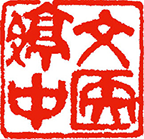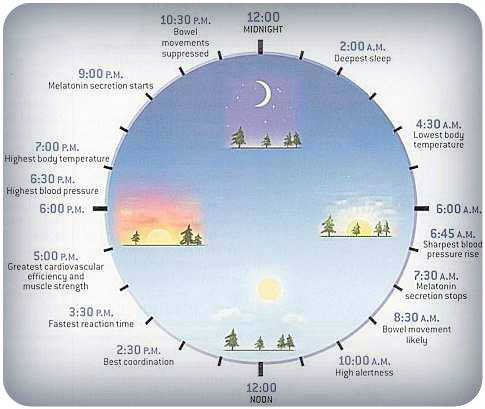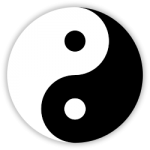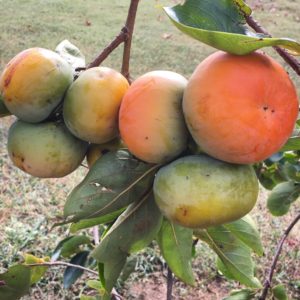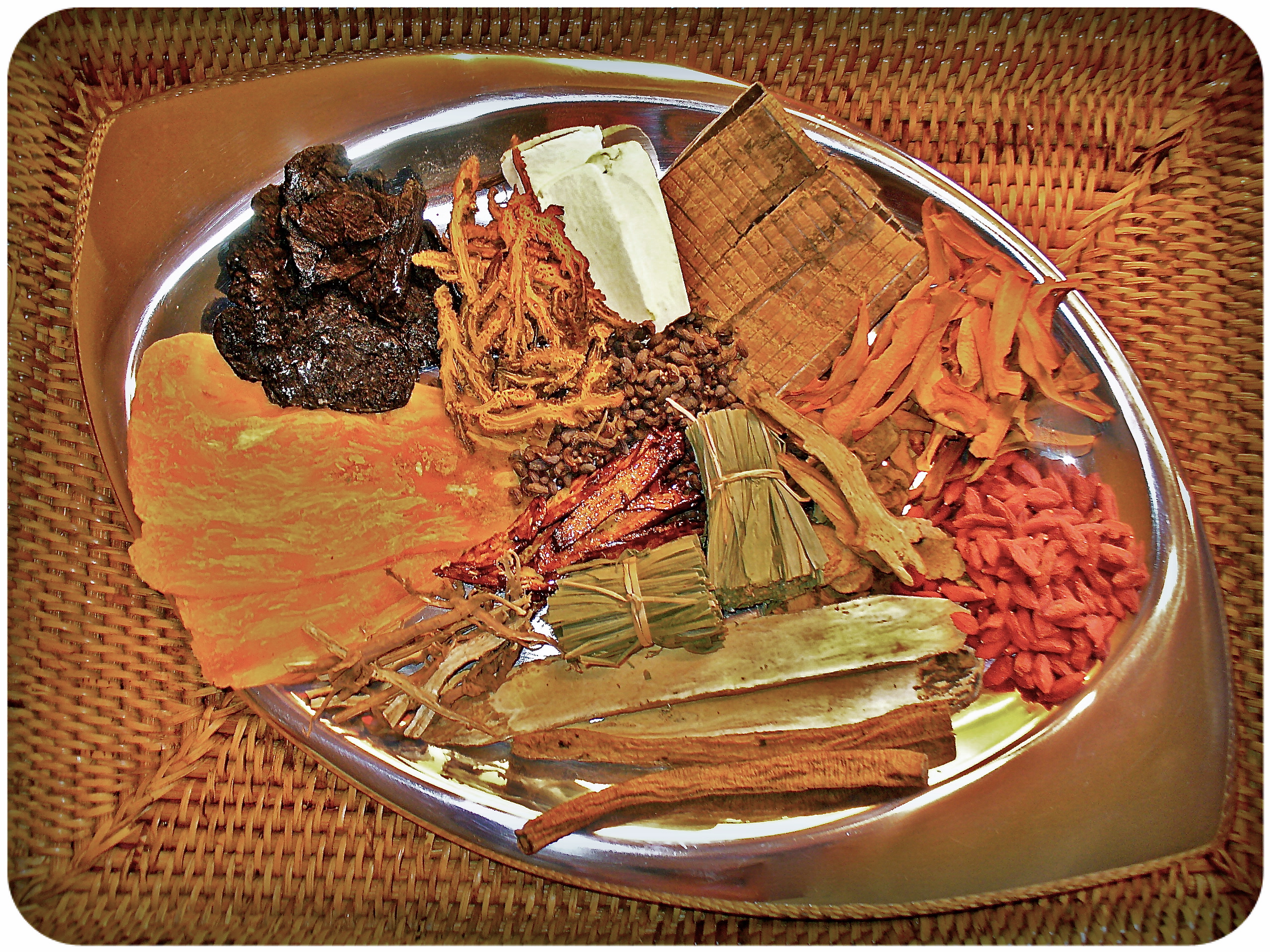I was fortunate to have had a conversation with Dr. Hammer in 1990 in the hallway of N.E.S.A. in my graduating year of school. Welcoming me to the profession, Dr. Hammer also congratulated me on choosing such a wonderful pursuit as the healing path of Oriental Medicine. Dr. Hammer is a trove of wisdom and compassion, which is reflected in this article.
“This article was written in response to the unheeded acceptance of marijuana as a harmless substance that potentially does good when used for the medical relief of pain. I wish to register my experience with marijuana over these years, as a substance extremely functionally, if subtly, destructive to people.
At the same time I wish to make it clear that I oppose the “war on drugs” as a counterproductive, misguided predictable failure, as if we did not learn anything from the cultural experience with the attempt to control alcohol with prohibition.
The Individual
I have been a physician for sixty-one years, during which time I directed many drug-abuse councils and worked with thousands of addicted young people as a psychiatrist and psychoanalyst. With more than fifty years of experience with marijuana as a clinician and as an observer in social settings, I feel that it is important to share my experience of marijuana as a substance of substantial danger to both individuals and to society.
Marijuana allows people to make extensive and sometimes unrealistic, even grandiose plans for their life, and robs them of the ability to realize these plans. They are left often with a life sometimes filled with excellent designs and without the will or energy to execute, to make decisions and follow through.
Among so many people, clients, friends and acquaintances, I have seen lives lived in fantasy and futility in many degrees of severity with endless energy depleting maneuvers to hide their failure from others and themselves. Somewhere deep inside each loss is registered if not faced. However, marijuana is the feel-good substance that is even more dangerous because it deadens the pain that would signal danger and engender change. On inquiry, the reason given is fear; fear of the emotions that would otherwise lead them to encounter struggle. Fear of their own anger and that of others; fear of failure to cope with stress and the consequent loss of self-esteem and a deep need to avoid battle and disapproval were most often cited.
Western medical studies are long since quoted saying that marijuana is physiologically harmless. Of course, people vary in their ability detoxify it. One problem stated in the literature is that it has been difficult to obtain enough marijuana of uniform strength and quality to conduct large-scale research.
Marijuana, according to Chinese herbal medicine is what is known as a “cold” herb, draining the essential energy called Yang primarily from the Liver, rendering the Liver relatively unable to perform its functions of moving physical and mental energy and containing it for when it is needed. The result is that while there is no problem making plans, when it is time to move on these plans, there is no coherent energy to do it.

* Published in Acupuncture Today, and is the Intellectual Property of that site and of Dr. Hammer, reproduced for educational, informational purposes only. (View Original Part 1: May 2015, Vol. 16, Issue 05 • Here: http://tinyurl.com/p3toq2y)
Liver Patho-Physiology And Marijuana
In the recent literature from the East, nor in either the Neijing or Nanjing, have I found any reference to conditions that I find constantly increasing since first learning about it from Dr. John Shen OMD, more than thirty years ago. The conditions are Liver QI deficiency, Liver Yang deficiency and the Separation of Liver Yin and Yang.
Liver QI and Yang deficiency was associated by Dr. Shen with overwork (beyond one’s energy over a lifetime) and found from late middle to old age. The principal consequence was easy fatigue and less stamina in performing daily tasks. The concept of “beyond one’s energy” means simply that we are not all created equal, and that work that might deplete one person might have little effect on another. Constitutional essence (or Jing) and bodily condition, along with the stress were the determining factors.
What I am about to describe differs from Dr. Shen’s observations in that it presents with a greater degree of deficiency on the pulse. Besides fatigue, there is lassitude, lethargy and procrastination always associated with varying degrees of a clear inability to follow through and move forward on plans and decisions about which there is endless discussion and little or no action. The consequence is that ideas rarely become reality. The most serious long-term outcome described by Dr. Shen is the development of a lymphoma of the Liver.
I wish to make it clear early in this discussion that as stated already, we are not all created equal. Some people with very strong Livers will tolerate much more abuse than others with less substantial Liver function. There will be many who can honestly say that they have used and abused the cold substances with no obvious consequence.
On the other hand, there was the teen daughter of a friend to whose side I was called in the middle of the night in a psychotic state because she had for the first time had one puff of marijuana. She was brought home early from a party by friends, disoriented, irrational, and severely agitated. Her friends reported her to have taken one puff from a joint that was being passed around. It was necessary to hospitalize her for a few days when she recovered and fortunately did not resume smoking marijuana, and going on to a successful life. While psychosis in my experience is the exception, I have witnessed it more than this once.
Liver QI deficiency is identified on the Shen-Hammer pulse at the left middle position by increasing degrees of deficiency by a yielding and diminished QI depth, spreading (absent QI depth and separating blood depth), by a reduced substance and pounding, and a diffuse quality especially at the blood and organ depth.
Liver Yang deficiency is described as the entire left middle position being feeble-absent, deep and/or beginning to separate at the organ depth (empty quality). Separation of Yin and Yang of the Liver is found in various stages with middle finger pressure on the radial artery, first with separating at the organ depth and later at the blood depth until there is a complete disappearance of the blood and organ depths and retention only of the QI depth (the empty quality). An even more serious pulse sign that indicates the separation of Yin and Yang or empty quality, is changing qualities at the left middle position.
Years before I studied Chinese medicine or met Dr. Shen, I had observed the phenomena of easy fatigue, inability to recover energy and an inability to follow through on plans with hundreds of young college students who I encountered in the late 1960s and early 1970s in my capacity as a psychiatric consultant to a student health clinic in a local college. During the 1970s, I also observed this in friends and acquaintances. They all had one common lifestyle, though some were obviously more vulnerable; they all smoked marijuana fairly constantly.
When I began to teach the pulse in 1983, I used the student’s pulses to demonstrate positions, depths and qualities. I found an alarming number of them to have an empty quality at the left middle position. It was incumbent upon me to share the interpretation with the class and soon found that rather than wanting to hide this widespread use of marijuana and LSD, the cold substances that were draining their Liver QI, the participants were eager to share their stories. The pulse workshops were becoming group therapy sessions and the story from mostly health professionals was that they had turned to Chinese medicine in the hope of recovering their health. I began to use subjects referred by the practitioners for demonstration rather than the practitioners themselves. Gradually I realized that substances such as LSD and heroin were equally cold QI-Yang draining substances leading to the same symptoms and pulse picture.
During the time that Dr. Shen and I worked together he was unaware of the effect of substances of abuse as an etiology of Liver QI-Yang deficiency and separation of Liver Yin and Yang. In my practice, it was increasingly clear that this was becoming the major cause of the pulse findings described above.
The Liver has two functions with regard to QI. The Liver moves the QI (metabolic heat) for the entire organism and Liver QI contains the QI in the form of repressed emotions in order for a society to follow the Ten Commandments, especially though shall not kill. Think of how often that would happen, or even lesser violence, if the Liver did not provide us with the ability to stagnate, actually contain, our emotions. Liver QI stagnation has gotten a bum wrap and is blamed by students and practitioners for almost every pathology in my experience as a teacher of Chinese medicine; this, along with a misunderstanding of Liver QI rising. It must be kept in mind that the Liver is the detoxifying organ whose deficiency will greatly exacerbate the effect of any toxic substance.
However, it is the function of the Liver to move rather than contain that concerns us here. That ability is necessary for us to mobilize the energy and put into motion the potential will contained within the Kidney. It is this function, to move from the idea to the act that is impaired when Liver QI is disabled by anything that will reduce Liver QI-Yang. This is evidenced by pulse after pulse and patient after patient presentation, by the cold substances that rob the Liver of QI-Yang, and the ability to act, as with the patient presented above.
Therapy
The two most important individual herbs to recovery of Liver QI-Yang deficiency and separation of liver yin and yang are Astragalus (Huang QI) and Salvia (Dan Shen). Other herbs in the formula would depend upon that individual’s other conditions. The most commonly used formulas are an altered Ginseng and Longan (Gui Pi Tang) and Ginseng and Astragalus (Bu Zhong Yi Qi Tang). The latter tends to be too stimulating but is somewhat ameliorated adding the linking decoction (Yi Guan Jian).
Research En Toto
• Marijuana and executive function: A broader spectrum of cognitive functions designated as executive functions were investigated (attention, concentration, decision-making, impulsiveness, self-control of responses, reaction time, risk taking, verbal fluency and working memory) all were impaired acutely in a dose-dependent manner. The authors concluded that some elements of executive function usually recover completely after stopping marijuana use, but deficits most likely to persist for long periods of time are decision-making, concept formation and planning, especially in heavy users who started using at an early age (Crean et al., J. Addict. Med., 5: 1-8. 2011).
Adverse health effects of marijuana in evidence-based review of acute and long-term effects of cannabis use on executive cognitive functions, there is generally good agreement between the conclusions based on these studies and the clinical impressions based on population studies (Hall W. and Degenhardt L. Adverse health effects of non-medical cannabis use. Lancet, 374: 1383-1391, 2009).
• Marijuana and brain function: Cannabis produced dose-related impairments of immediate and delayed recall of information presented while under the influence of the drug. Learning, consolidation and retrieval of memory were all affected (Ranganathan M and and D’Souza DC. The acute effects of cannabinoids on memory in humans: a review. Psychopharmacology, 188: 425-444, 2006).
• Marijuana and cognition: Here it is mentioned for chronic users, “by subtle cognitive impairment in those who are daily users for 10 years or more by (Hall W. and Degenhardt L.” in Lancet as cited below with a high incidence of psychosis with a family history or personal history of psychosis.
• Marijuana and anxiety: There is a strong pattern of cannabis relieving anxiety at low doses and promoting anxiety at higher doses. (Viveros et al., 2005; Moreira and Lutz, 2008; Akirav, 2011). Daily cannabis use was associated with anxiety disorder at 29 years (adjusted OR 2.5), as was cannabis dependence (adjusted OR 2.2). Among weekly+ adolescent cannabis users, those who continued to use cannabis use at 29 years remained at significantly increased odds of anxiety disorder (adjusted OR 3.2), (Degenhardt et al, The persistence of the association between adolescent cannabis use and common mental disorders into young adulthood. Addiction. 2012 Jul 6. doi:10.1111/j.1360-0443.2012.04015.x. PubMed PMID: 22775447.)
• Marijuana and depression: High doses of cannabis in humans appear to increase the risk of depression, especially in the young (Ashton CH and Moore PB. Endocannabinoid system dysfunction in mood and related disorders. Acta Psychiatr. Scand., 124: 250-261, 2011).
• Higher mortality: In more recent research, marijuana use disorder is associated with higher mortality. A massive study was undertaken to understand the mortality rate of methamphetamine users, in relation to other drug users. Methods: Excluded for space considerations.
• Results: Those treated for addiction to cannabis (marijuana) had a higher mortality rate (3.85 times higher than controls), higher if compared to death rate risk of cocaine use disorder (2.96), alcohol use disorder (3.83), but lower than opioid use disorder (5.71) or methamphetamine use disorder (4.67).
The study demonstrates that individuals with cannabis (marijuana) use disorders have a higher mortality risk than those with diagnoses related to cocaine or alcohol, but lower mortality risk than persons with methamphetamine or opioid-related disorders.
Given the lack of long-term cohort studies of mortality risk among individuals with methamphetamine-related disorders, as well as among those with cocaine- or cannabis-related conditions, the current study provides important information for the assessment of the comparative drug-related burden associated with use and addiction. (Callaghan et al., All-cause mortality among individuals with disorders related to the use of methamphetamine: A comparative cohort study. Drug Alcohol Depend. 2012 Oct 1;125(3):290-4).”

Dr. Leon I. Hammer is clinical director at Dragon Rises College of Oriental Medicine in Gainesville, Florida. He may be contacted at www.dragonrises.edu.




